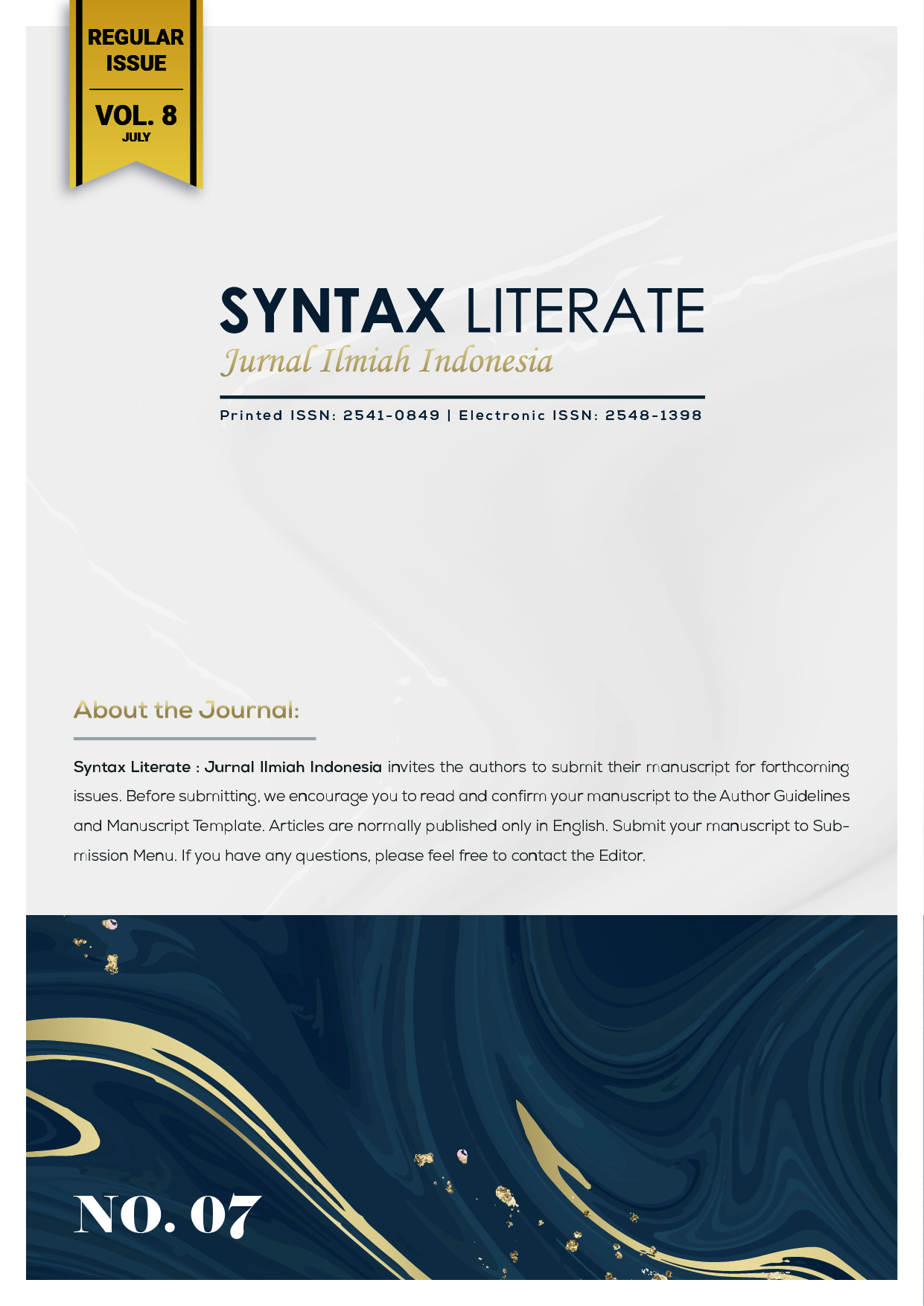Analisis Pengendalian Banjir pada DAS Sungai Kabur-Kabur di Wilayah Kota Bula dengan Pemodelan HEC-RAS dan EPA SWMM
Abstract
The Bula Flood events began in 2016 and continue until the present. Every year, the city of Bula experiences frequent floods, with the peak occurrence usually happening between February and July. Since 2016, the local government has undertaken several structural interventions to address the issue, but the problem of flooding in Bula remains unresolved. The flooding in the Bula area is primarily caused by the overflow of the Kabur-Kabur River. An existing analysis using a 25-year return period discharge (Q25) with HEC-RAS and EPA SWMM models reveals that the flooding primarily occurs along certain sections of the Kabur-Kabur River. The flood management strategies implemented in Bula include the construction of retention ponds, river normalization, and the implementation of an early warning system for floods. The validation analysis of flood control measures using the HEC-RAS and EPA SWMM programs indicates that the flood management strategies implemented for the Kabur-Kabur River are effective in mitigating flood problems in the city of Bula. As a result, the flood control measures being applied can be considered successful and should be continued.
Downloads
References
[2] Febryhandi Eka Kusuma Putra, “Evaluasi Banjir di Kecamatan Bula Kabupaten Seram Bagian Timur,†J. Univ. Diponegoro, 2022, [Online]. Available: https://ejournal.undip.ac.id/index.php/mkts/article/download/36163/21121
[3] dan T. Sosrodarsono, S., “Hidrologi untuk Pengairan,†J. Hutan dan Masy., vol. 2, no. 1, 1978.
[4] R. J. Kodoatie, “Tata Ruang Air,†Yogyakarta Andi Press, no. 7, 2010.
[5] K. Sugiyanto, “Penyebab Terjadinya Banjir,†Penyebab Banjir, no. Banjir, 2002.
[6] dan R. S. (2010) Kodoatie, Robert J., “Tata Ruang Air,†Andi, 2000.
[7] L. Montarcih, Hidrologi Praktis. Bandung: CV. Lubuk Agung, 2010.
[8] SNI 2415:2016, “Tata cara perhitungan debit banjir rencana,†Bsn, 2016.
[9] Istiarto, Modul Pelatihan HEC-RAS. Yogyakarta: Universitas Gajahmada Yogyakarta, 2016.
[10] Istiarto, Simulasi Aliran 1-Dimensi dengan Bantuan Model Hidtologi-Hidrolika SWMM. Yogyakarta: Universitas Gajahmada Yogyakarta, 2022.
[11] Kementerian PUPR, “Perencanaan Sistem Polder dan Kolam Retensi,†Modul Diklat Tek., 2018.
Copyright (c) 2023 Mohamad Husein Alfian, Endah Kurniyaningrum

This work is licensed under a Creative Commons Attribution-ShareAlike 4.0 International License.











